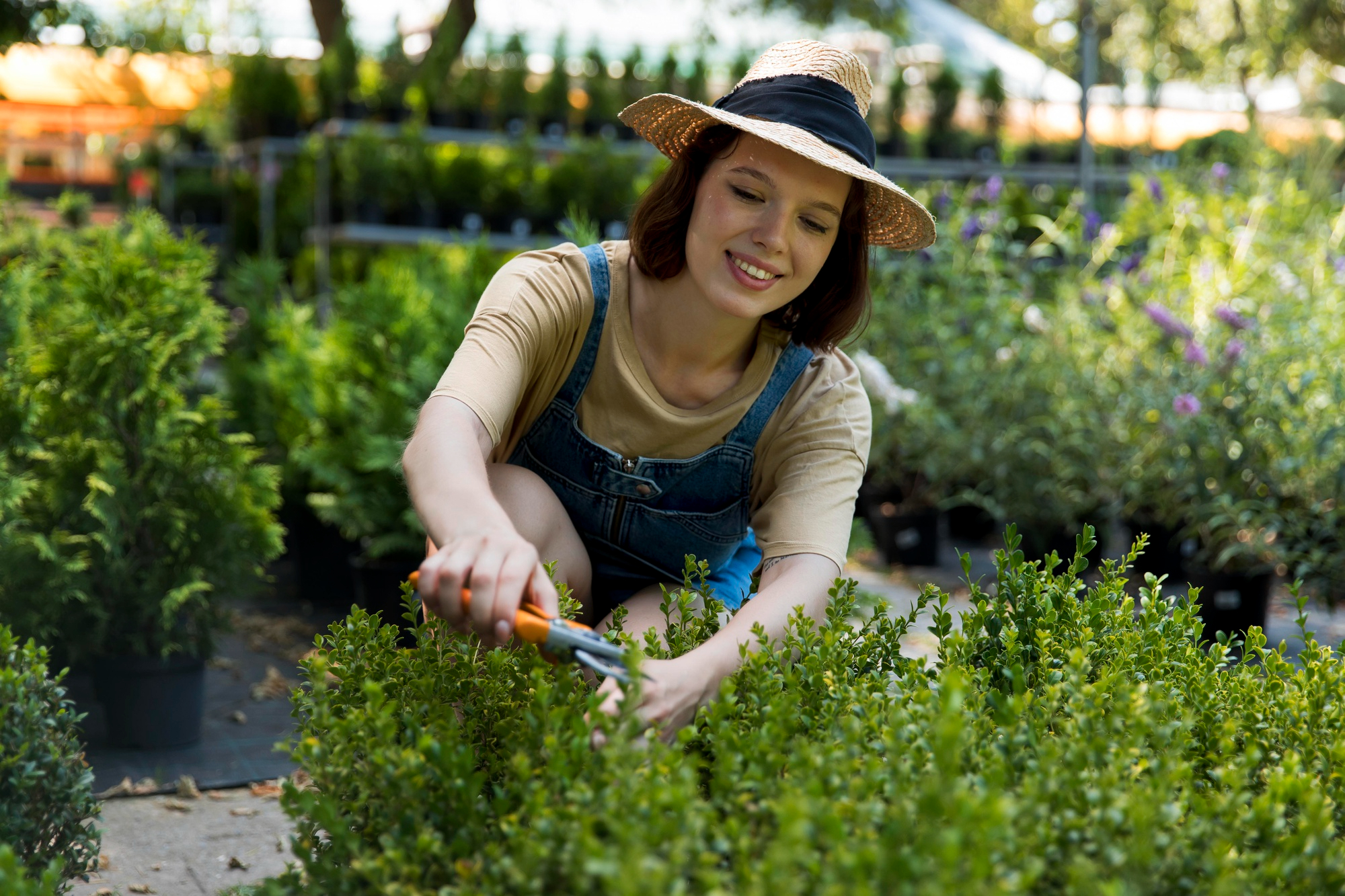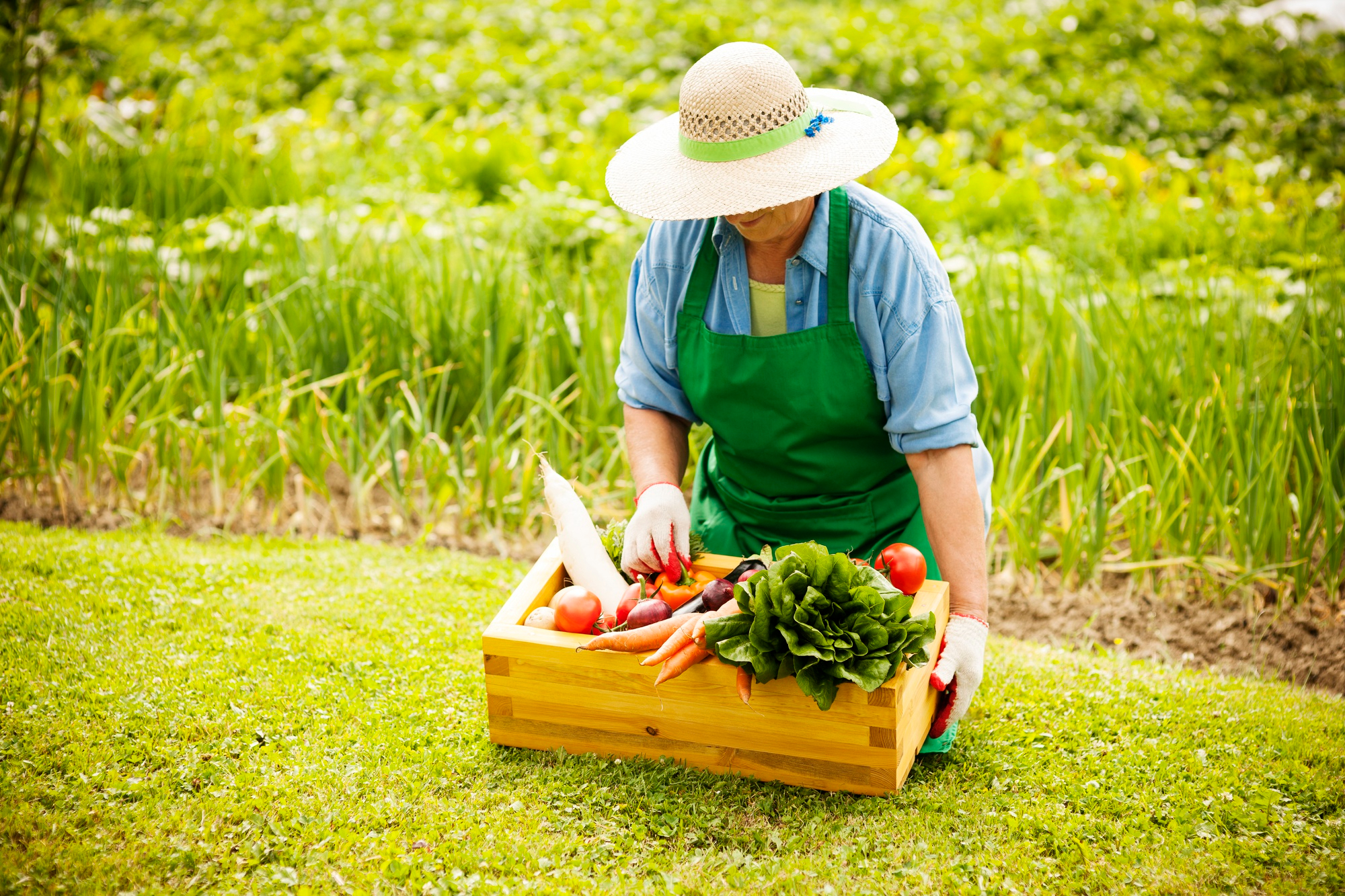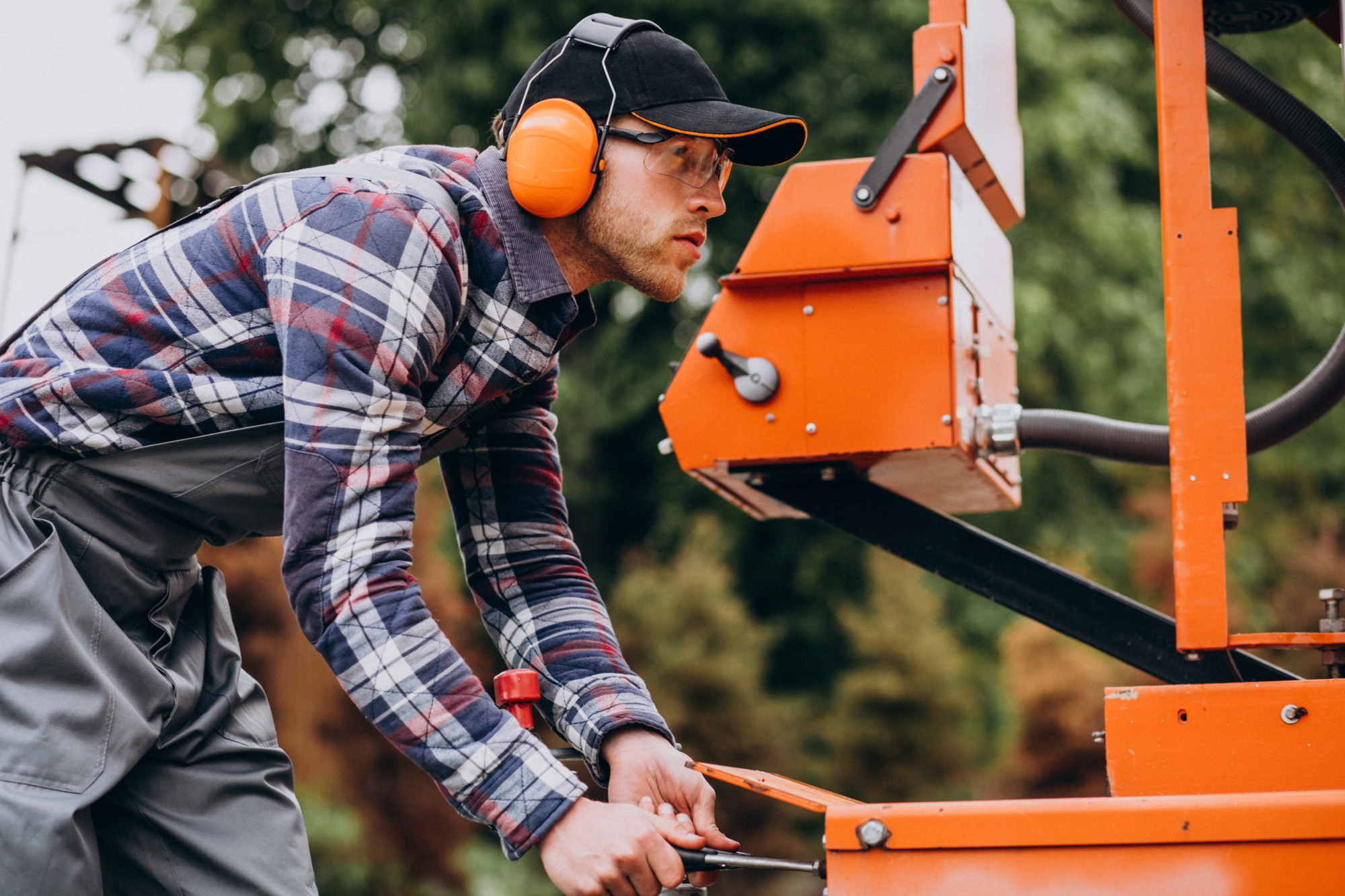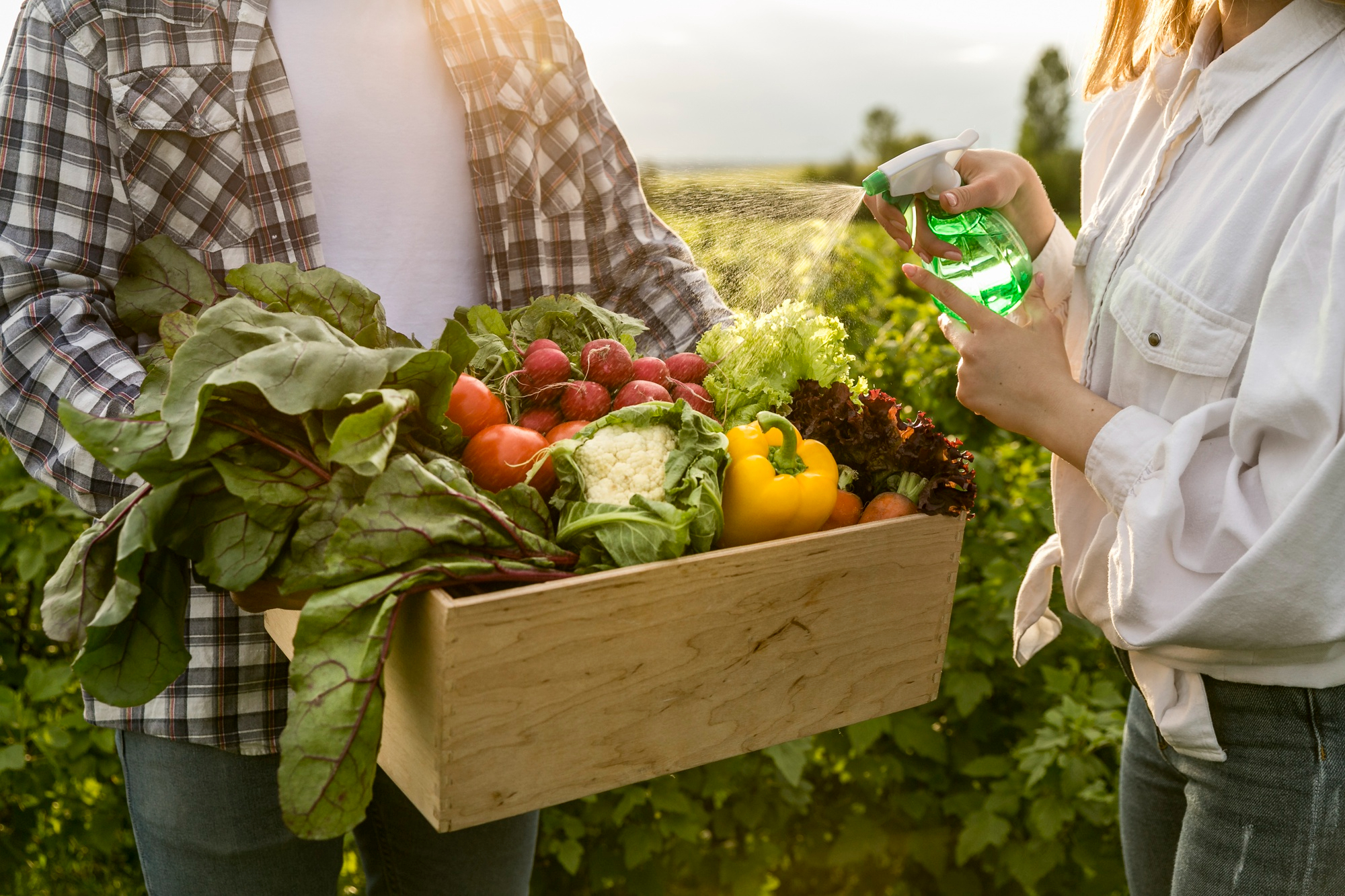Harvesting Services
Services
Maintain Proper Harvesting

When the time comes to harvest, it’s important to choose a suitable method to maximize the yield and minimize losses. Many farmers have difficulties at harvesting and handling their crops. They have to know the exact time for harvest, because harvesting period and the duration affect the quality, durability, transportation and storage of harvested crops. A farmer’s ability to successfully harvest and handle his fruits could be the difference between financial success and failure. using hands or knifes and it can be done mechanically with the use of rippers, combine harvesters or other machines. Regardless of the method farmers use, several guidelines should be followed to ensure that harvest losses are minimum and crop quality is perserved during harvest operations, such as harvest time, method, duration processes.


Different Harvesting Systems
There are various harvesting systems used in modern agriculture, each designed to optimize efficiency based on crop type, field conditions, and available technology. Manual harvesting is the most traditional method, involving human labor to hand pick crops. This method is labor intensive but still essential for delicate crops like fruits and vegetables. Mechanical harvesting involves machines designed to quickly gather large quantities of crops, often used for grains like wheat, corn, and rice. Combine harvesters are versatile machines that cut, thresh, and clean grain in one pass, greatly improving efficiency. Automatic harvesters are advancing with AI and robotics, providing precision in harvesting crops with minimal human intervention.


Navigation through Post Harvest Management
Navigation through post harvest management involves several critical steps to ensure the quality and longevity of harvested crops. First, proper handling is essential to prevent damage during transportation and storage. once harvested, crops are typically cleaned and sorted to remove any damaged or unwanted materials. Storage conditions like temperature and humidity are carefully controlled to minimize spoilage and preserve freshness. Packaging plays a significant role in protecting crops during storage and transit, reducing the risk of contamination. regular monitoring of stored crops is necessary to detect any signs of disease or pest infestations early. Processing may be done to add value to the crop, such as drying, canning, or freezing, depending on the product. Lastly, distribution strategies ensure timely delivery to markets, minimizing delays that could affect the product's quality and market price. Proper post harvest management is key to reducing losses and maximizing profitability. high quality agricultural products to consumers and markets around the world, all while cherishing the safety.
- Harvesting at the optimal time ensures the best quality and minimizes loss. Crops should be harvested when they reach the ideal ripeness to preserve nutrients, taste, and market value then post harvest management reduces environmental impact.
- Pre storage treatments such as washing, curing, or treating with preservatives help extend shelf life. These practices reduce microbial growth and prevent premature spoilage, ensuring better quality upon delivery.
- Cold storage is crucial for extending the shelf life of perishable products. Controlled temperature and humidity conditions reduce decay, preserve nutrients, techniques like composting organic waste or using eco friendly packaging and slow down the ripening process.
- Post harvest management can include processing crops into more marketable products like juices, jams, or dried goods. This not only reduces waste but also increases profitability by tapping into new markets.

Harvesting Farming

- Efficient Harvesting Techniques and Equipment .
- Timely Harvesting and Crop Quality Maintenance.
- Post Harvest Handling and Packaging Services.
- Labor Management for Harvesting Operations.
- Harvesting Automation and Technology Integration.
- Transportation and Storage Solutions for Harvested Crops.
- Harvesting for Organic and Specialty Crops.
Harvesting services play a critical role in ensuring crops are collected at the optimal time for maximum yield and quality. These services include proper handling, cutting, and transportation of crops from the field to storage areas or markets. techniques to minimize damage to crops and preserve their freshness. efficient harvesting services also involve selecting the right tools and methods to reduce crop wastage and maintain the integrity of delicate produce. Additionally, harvesting helps prevent over ripening, ensuring that crops in best condition.
Harvesting Techniques
& Different Crops
- Hand Picking is ideal for delicate fruits like apples and peaches to avoid bruising.
- Mechanical Harvesting is for crops like tomatoes and corn to speed process.
- Time of Harvest is crucial for best taste and texture in fruits and vegetables.
- Selective Harvesting ensures only ripe produce is picked, improving quality.
- Tool Use such as knives helps in clean and efficient vegetable harvesting.
Harvest Handling
& Quality Preservation
- Cooling Immediately after harvest prevents premature ripening freshness.
- Cleaning removes dirt and contaminants, reducing the risk of spoilage.
- Proper Packaging the products are protected from damage during transport.
- Atmosphere Storage regulates temperature and humidity to slow down ripening.
- Minimal Handling reduces bruising and maintains appeal of the product.
